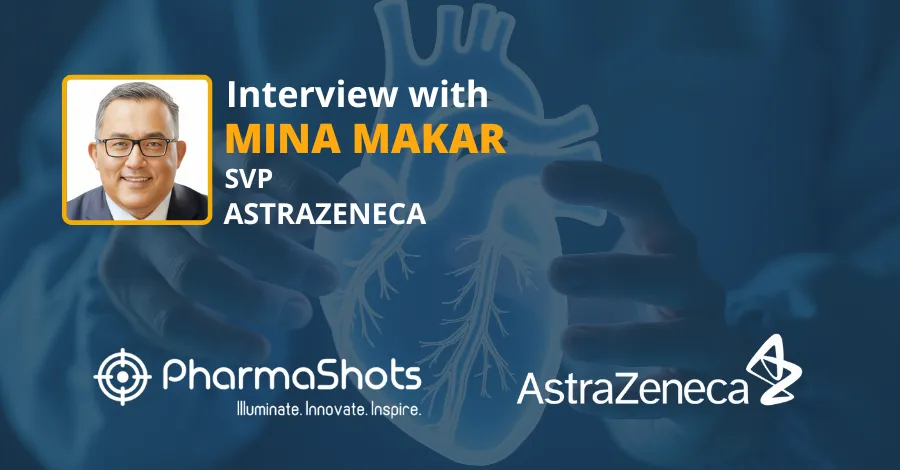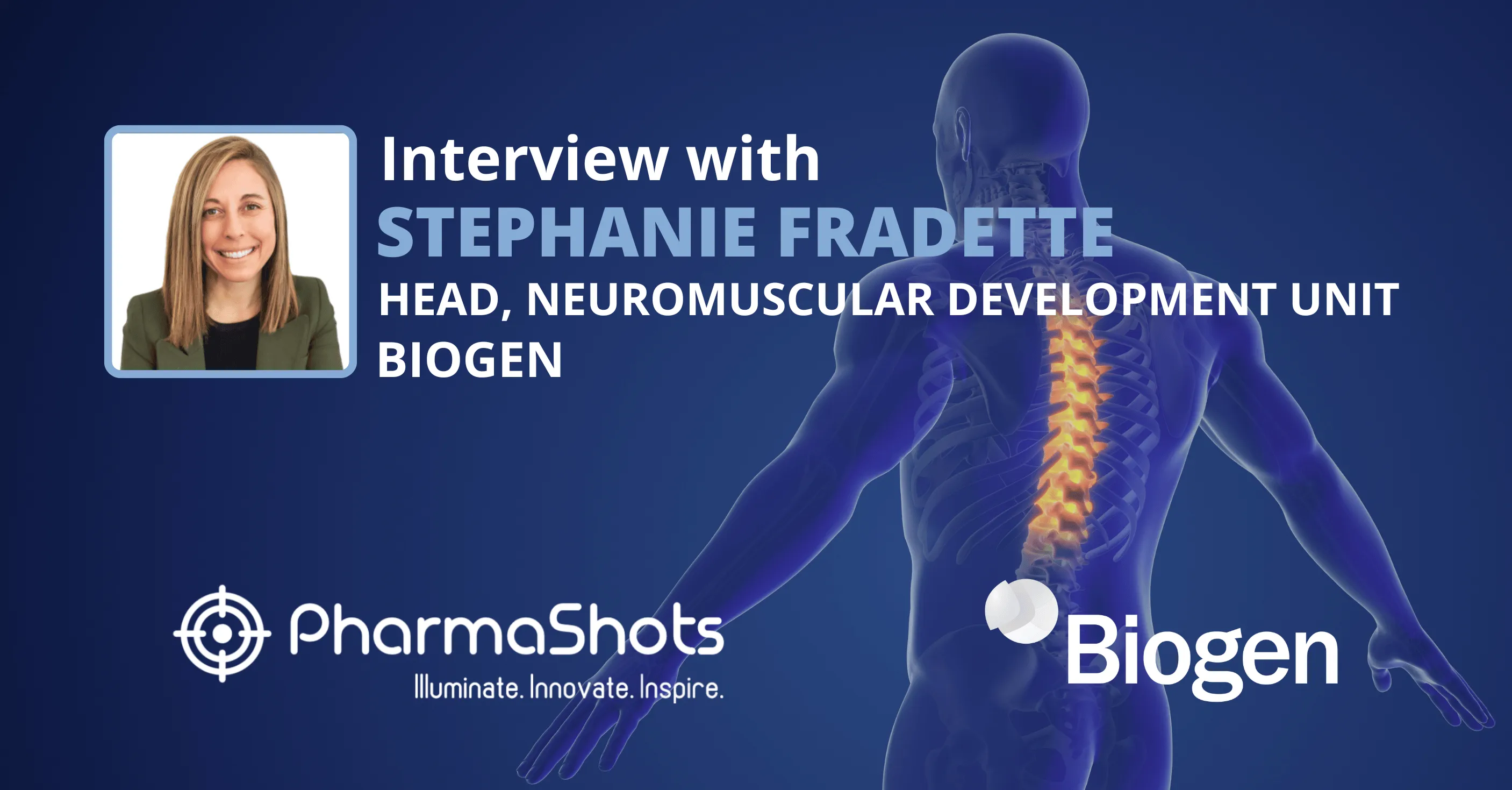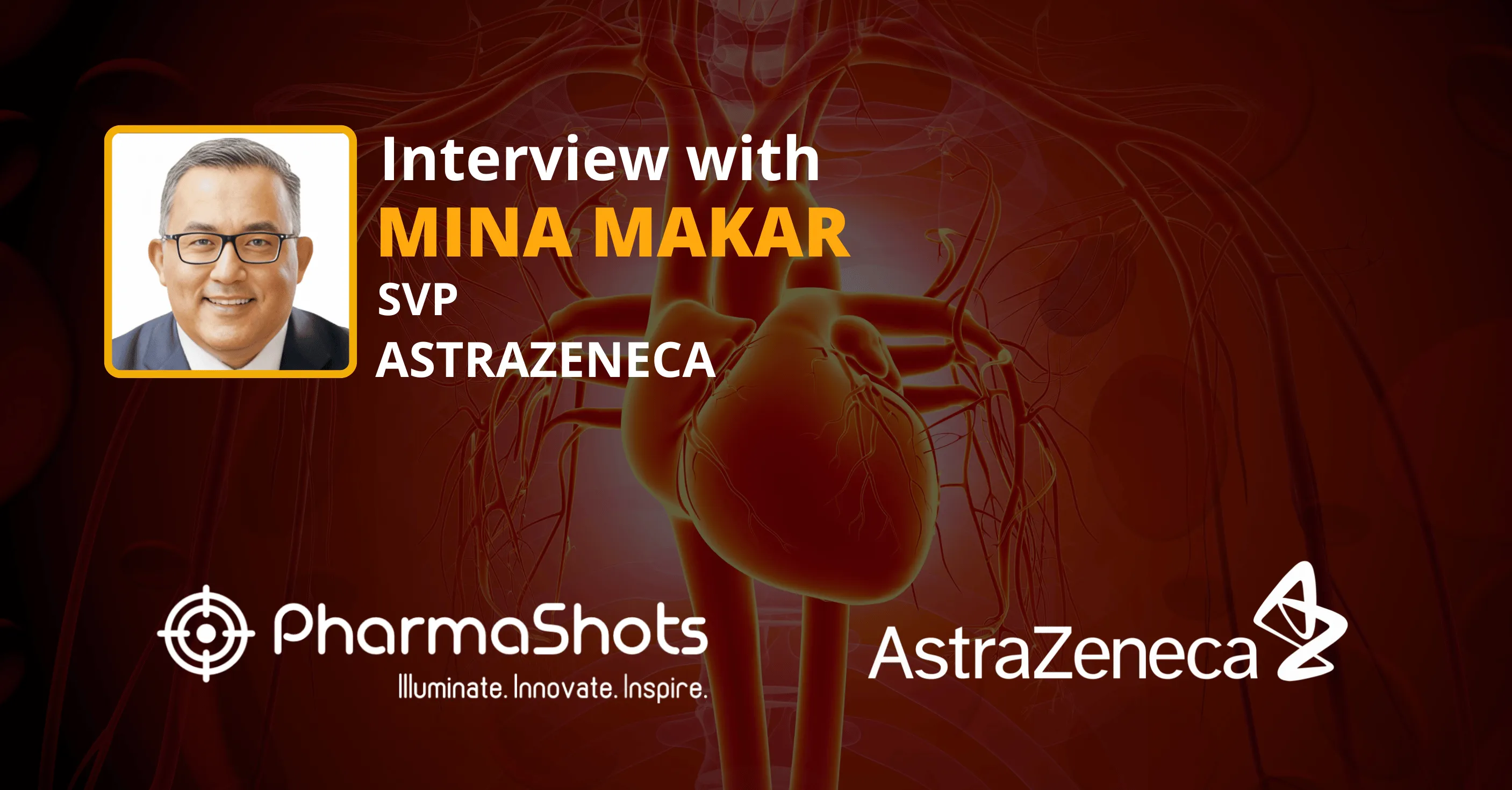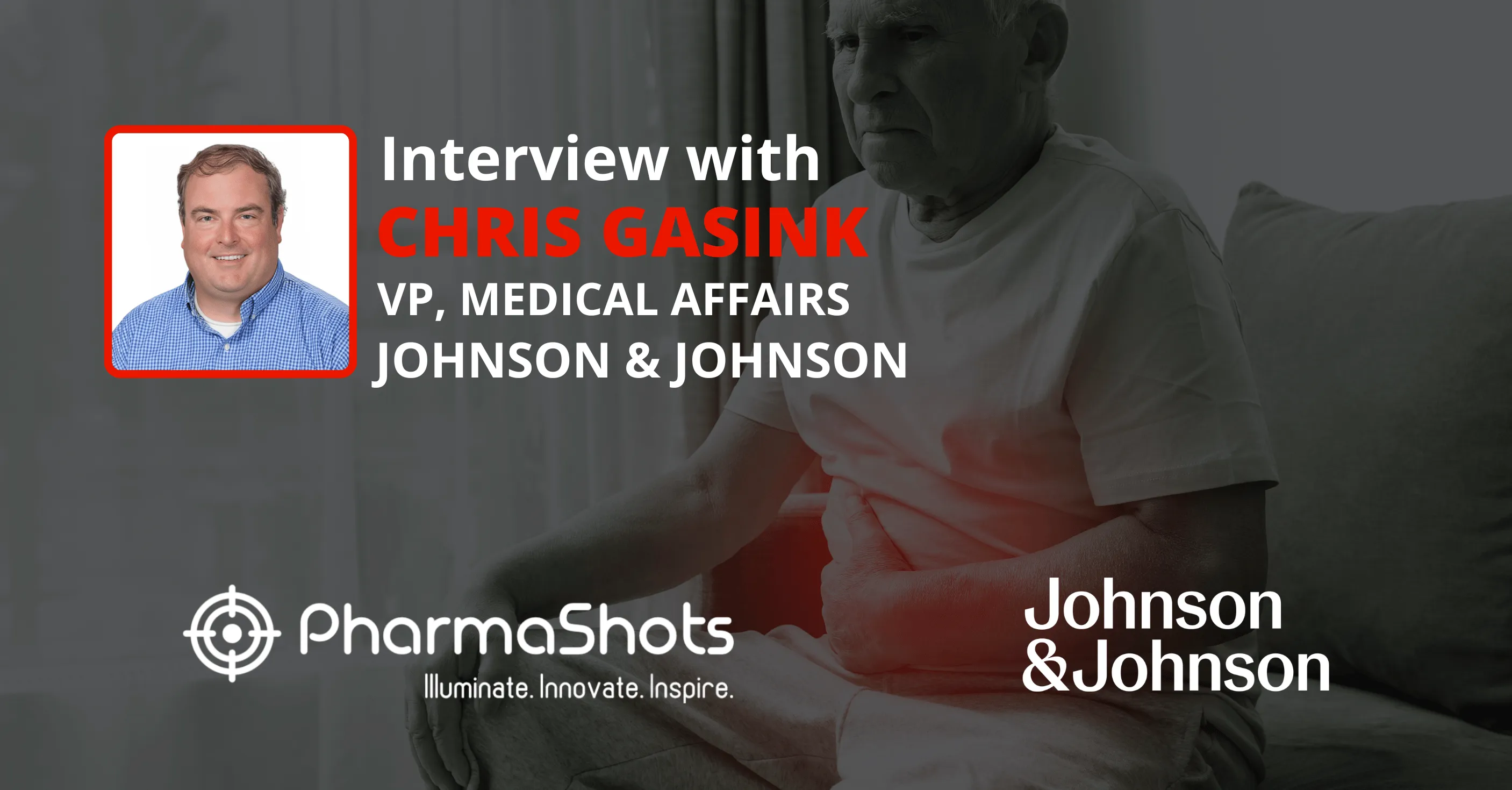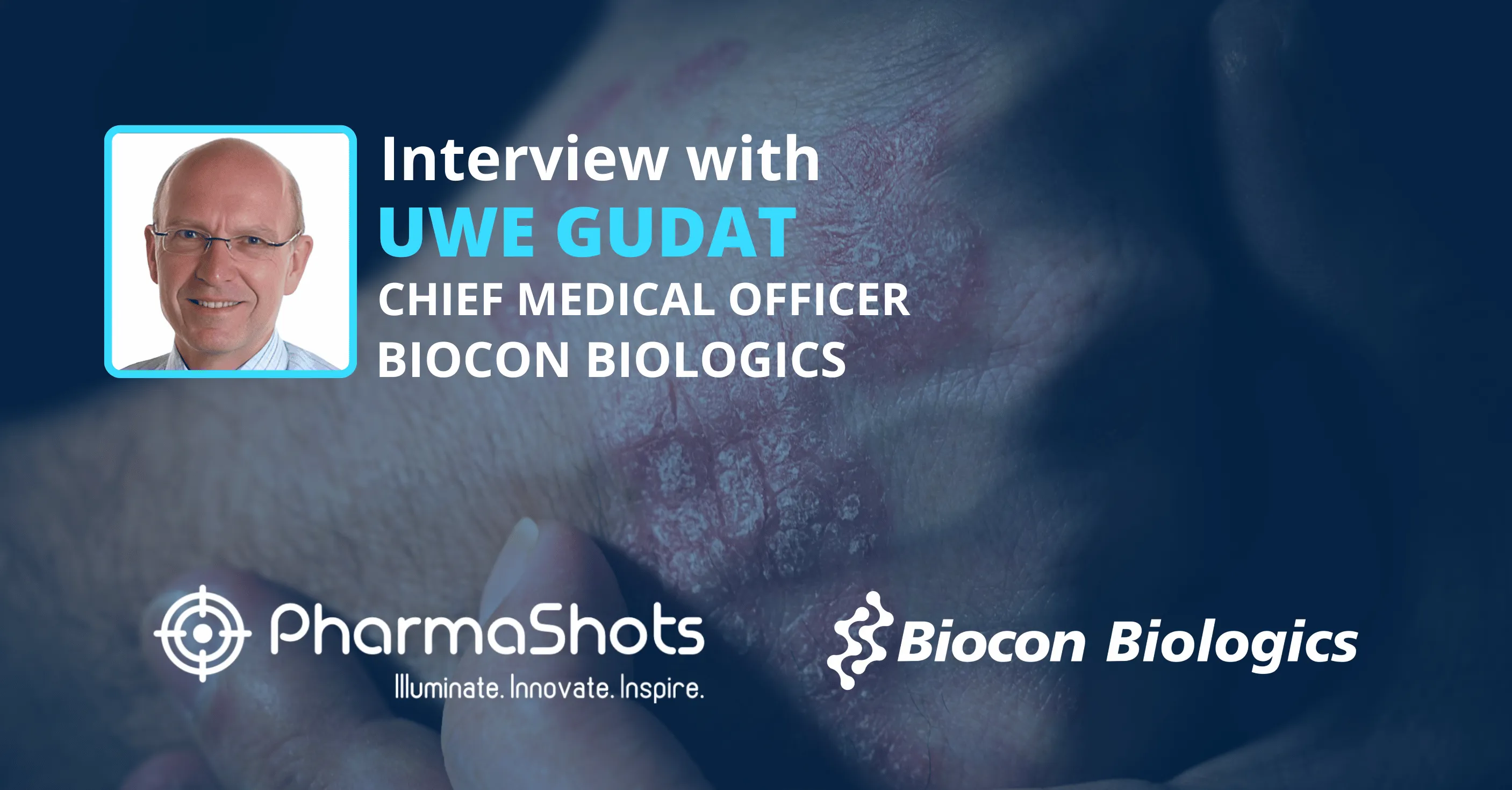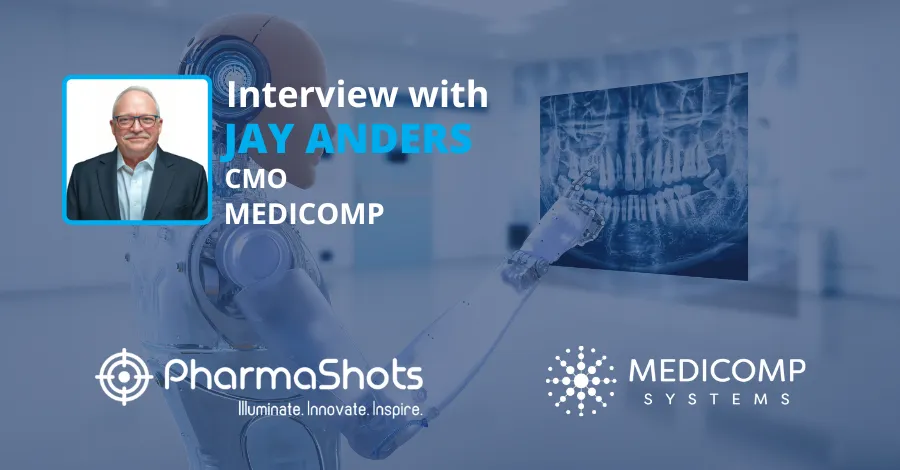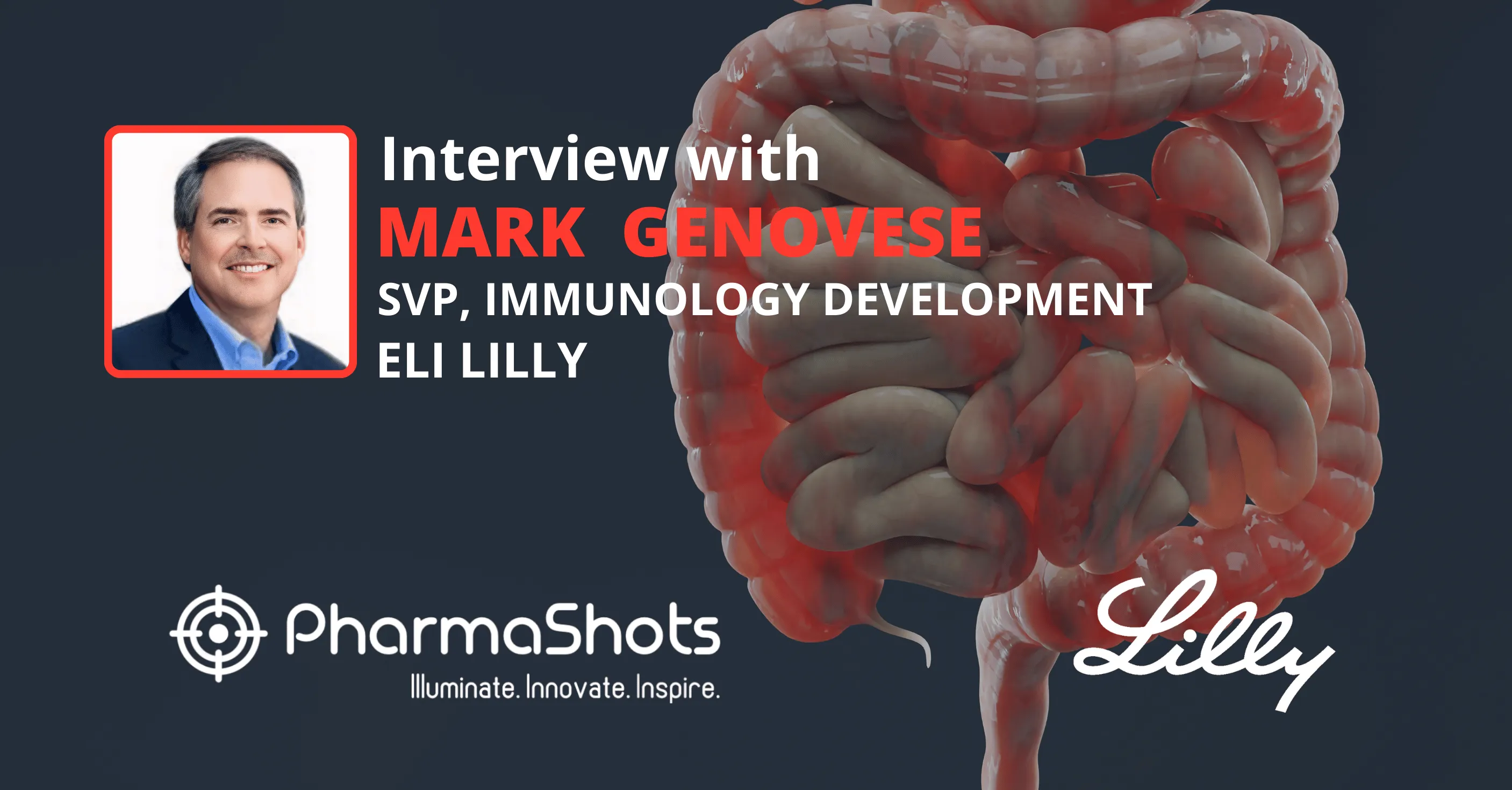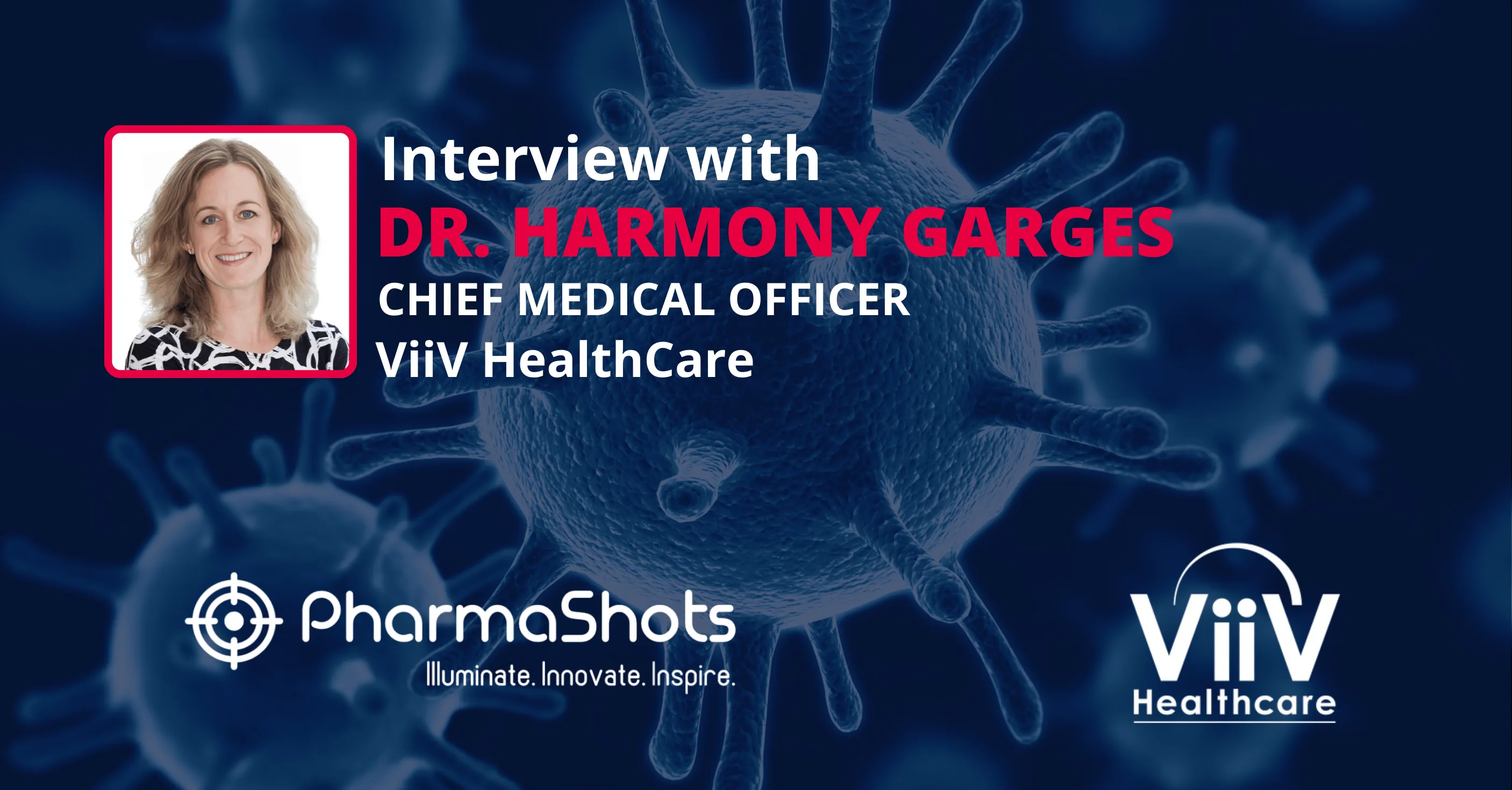
Dr. Samiah Al-Zaidy, VP of Clinical Development at Passage Bio Shares Insights on Additional Interim Data from the Imagine-1 Study for GM1 Gangliosidosis
Shots:
- Samiah Al-Zaidy spoke about the interim clinical data from Imagine-1, P-I/II trial of PBGM01 for GM1 gangliosidosis presented at the 19th Annual WORLDSymposium 2023
- She also talked about how the presentation at WORLDSymposium contributed to raising awareness about GM1 Gangliosidosis which is a rare and fatal disease
- The interview showcases Passage Bio’s mission to provide life-transforming therapies for patients with CNS diseases with limited or no approved treatment options
Smriti: To begin with please tell us about your experience at the annual meeting, WORLDSymposium 2023.
Samiah Al-Zaidy: At the recent WORLDSymposium meeting, Passage Bio was pleased to share promising interim clinical data from Imagine-1, our Phase 1/2 trial of PBGM01, an adeno-associated virus (AAV)-delivery gene therapy for GM1 gangliosidosis (GM1). Our presentation at the WORLDSymposium highlighted safety, biomarker, and efficacy data from six treated patients in the first three cohorts of the study. For background, Imagine-1 is a global clinical trial evaluating PBGM01 delivered by intra-cisterna magna (ICM) injection in four cohorts of pediatric patients with early and late infantile GM1.
The data we shared at WORLD builds upon positive interim safety and biomarker data we announced in December 2022, which showed that PBGM01 administration was well tolerated and had a favorable safety profile, and resulted in dose-dependent increases in cerebrospinal fluid (CSF) β-Gal activity, as well as dose-dependent decreases in CSF GM1 ganglioside levels.
Smriti: Can you highlight the updated clinical data from the P-I/II Imagine-1 study presented at the meeting?
Samiah Al-Zaidy: At Passage Bio, we are excited about the data presented at the WORLDSymposium which continue to demonstrate the biological effect of PBGM01 in patients with infantile GM1 gangliosidosis, the most severe form of the disease. At this interim analysis, all treated patients showed stabilization of MRI severity scores, a potential marker of disease severity and progression measured by structural damage of the brain. Additionally, patients exhibited decreases in urine levels of the β-Gal substrate Dp5, an exploratory biomarker of peripheral β-Gal activity.
Smriti: Please shed some light on the details (ROA, MOA, formulations, etc.) of PBGM01 for GM1 gangliosidosis.
Samiah Al-Zaidy: PBGM01 uses a next-generation AAV capsid administered through the cisterna magna, an area near the base of the skull, to deliver a functional GLB1 gene encoding β-Gal to the brain and peripheral tissues. Infants with GM1 have mutations in the GLB1 gene causing little or no residual β-Gal enzyme activity resulting in neurodegeneration. By increasing β-Gal activity, PBGM01 has the potential to reduce the accumulation of toxic GM1 gangliosides and reverse neuronal toxicity, thereby restoring the developmental potential of the child.
Smriti: Elaborate on the study design of the P-I/II Imagine-1 study evaluating PBGM01.
Samiah Al-Zaidy: Imagine-1 is a Phase 1/2, global, open-label, dose-escalation study of PBGM01 administered by a single injection into the cisterna magna in pediatric patients with early and late infantile GM1. The primary goal of the study is to first assess safety and tolerability and then the efficacy of PBGM01 in patients. Our GM1 program has treated a total of four cohorts of two patients each, with separate dose-escalation cohorts for late infantile GM1 and early infantile GM1. Additionally, we recently announced our plans to treat patients at a higher dose than has currently been evaluated. The favorable safety profile of PBGM01 observed in the Imagine-1 study to date, observed dose-response in key biomarkers, and supporting preclinical safety data all support this dose-escalation expansion.
Smriti: As GM1 gangliosidosis is a rare and fatal disease, how has the presentation at WORLD contributed to raising awareness about the disease and PBGM01 among patients and doctors?
Samiah Al-Zaidy: The annual WORLDSymposium continues to offer an excellent forum to elevate awareness of GM1 gangliosidosis among clinicians, as well as families with children who have been diagnosed with this devastating disease. Our presentations at WORLD further elucidate the urgent need for treatment options for GM1. Life expectancy for infants with GM1 ranges from 2-10 years, and infantile GM1 represents approximately 62.5 percent of the global GM1 incidence of 1 in 100,000 live births.
Smriti: Are there other indications Passage Bio is planning to target with PBGM01?
Samiah Al-Zaidy: Currently, our focus is on the development of PBGM01 for the treatment of infantile GM1 gangliosidosis. As it stands, there are no approved disease-modifying therapies for this rare and life-threatening genetic disease that progressively damages the central nervous system of children. We continue to experience strong momentum in advancing our global Imagine-1 study of PBGM01 to address this significant unmet need for families and children diagnosed with GM1, and look forward to sharing new data from cohort 4 by mid-year.
Smriti: What are the other gene therapies being developed by Passage Bio?
Samiah Al-Zaidy: We are also advancing PBFT02, an AAV-delivery gene therapy for the treatment of frontotemporal dementia in adults. Our global Phase 1/2 upliFT-D study of PFBT02 is focused on early symptomatic frontotemporal dementia caused by granulin mutations (FTD-GRN), a form of early-onset dementia with no approved disease-modifying therapies. This gene therapy uses an AAV1 viral vector to deliver a functional copy of the GRN gene encoding progranulin (PGRN) to a patient’s cells. Our upliFT-D study’s primary endpoints are safety and tolerability, and secondary endpoints include biomarkers, functional and clinical signs of disease progression. We expect to share initial safety and biomarker data from Cohort 1 in the second half of this year.
Image Source: Freepik
About the Author:

Dr. Samiah Al-Zaidy is the Vice President of Clinical Development. He leads the GM1 Program at Passage Bio. Dr. Al-Zaidy is a pediatric neurologist with an extensive background in clinical gene therapy and lysosomal storage diseases. She was formerly a principal investigator at the Center for Gene Therapy at Nationwide Children’s Hospital, where she co-led numerous AAV gene transfer studies of various therapies.
Related Post: Dr. Harmony Garges, CMO at ViiV Healthcare, Shares Insights on Positive Findings from the SOLAR Study of Cabenuva
Tags

Senior Editor at PharmaShots. She is curious and very passionate about recent updates and developments in the life sciences industry. She covers Biopharma, MedTech, and Digital health segments along with different reports at PharmaShots.




